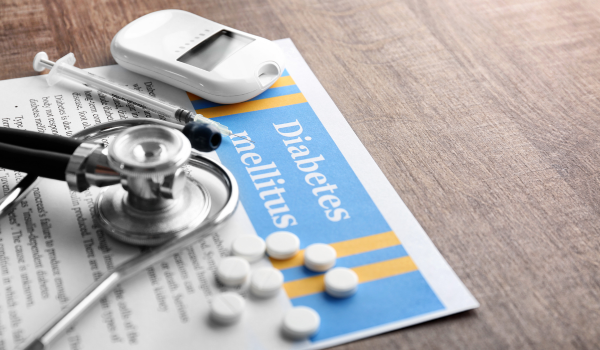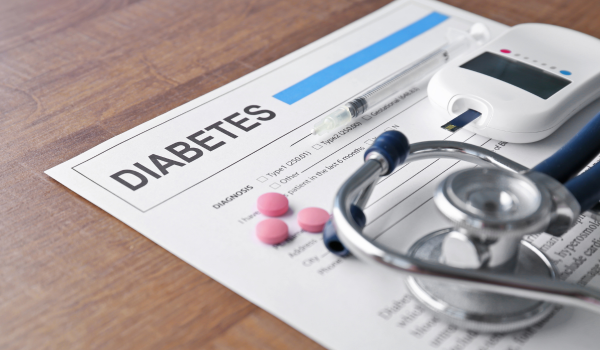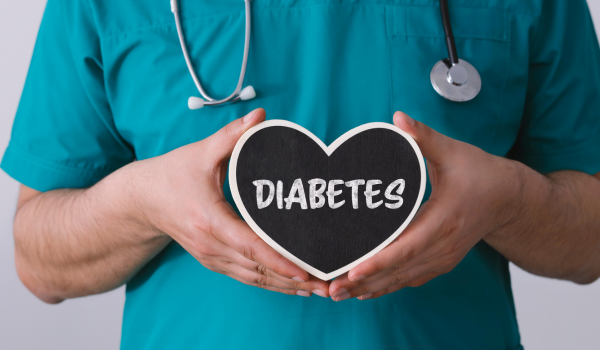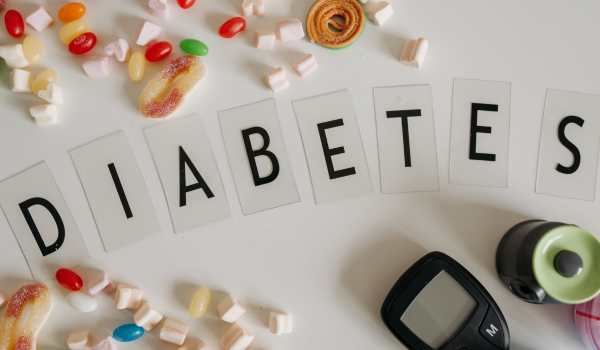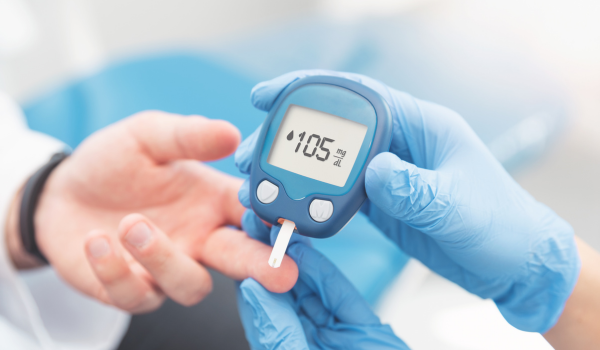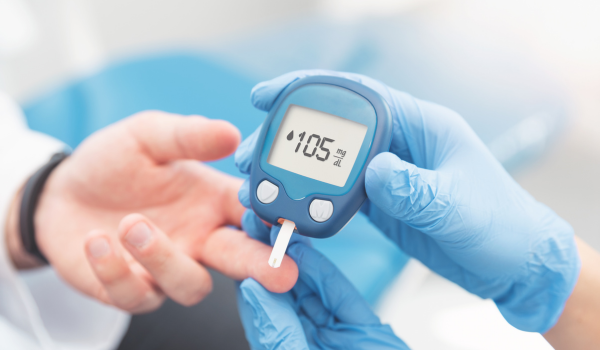
Why Diagnosis Matters
Diabetes mellitus is a metabolic disorder that disrupts how the body processes glucose. If left undetected, it can quietly damage the heart, kidneys, eyes, nerves, and blood vessels for years before obvious symptoms appear. That’s why diagnosis plays such a crucial role.
An accurate diagnosis helps determine the type of diabetes, guides treatment, and prevents complications. Since diabetes may develop gradually, especially type 2, testing is often the only way to detect it early.
Initial Evaluation
Diagnosis usually begins with a medical history and physical examination. A doctor will:
-
Ask about symptoms such as thirst, frequent urination, fatigue, and vision problems.
-
Review risk factors, including family history, obesity, and sedentary lifestyle.
-
Check for signs like slow-healing wounds, nerve changes, or skin darkening.
If risk factors or symptoms are present, laboratory tests are ordered to measure blood glucose levels and confirm the condition.
Fasting Plasma Glucose Test
The fasting plasma glucose (FPG) test is one of the most common diagnostic methods. Patients fast for at least 8 hours before blood is drawn.
-
Normal: Below 100 mg/dL (5.6 mmol/L)
-
Prediabetes: 100–125 mg/dL (5.6–6.9 mmol/L)
-
Diabetes: 126 mg/dL (7.0 mmol/L) or higher on two separate occasions
This test is widely used because it is simple, reliable, and inexpensive. However, it only provides a snapshot of blood sugar at one point in time.
Oral Glucose Tolerance Test
The oral glucose tolerance test (OGTT) evaluates how the body processes sugar over time. After fasting, the patient drinks a sweet glucose solution, and blood sugar is measured at intervals.
-
Normal: Less than 140 mg/dL (7.8 mmol/L) after 2 hours
-
Prediabetes: 140–199 mg/dL (7.8–11.0 mmol/L)
-
Diabetes: 200 mg/dL (11.1 mmol/L) or higher
The OGTT is more sensitive than the fasting test and is often used for diagnosing gestational diabetes during pregnancy.
A1C Test
The glycated hemoglobin (A1C) test measures average blood glucose levels over the past two to three months. It reflects how much sugar is attached to red blood cells.
-
Normal: Below 5.7%
-
Prediabetes: 5.7%–6.4%
-
Diabetes: 6.5% or higher
The A1C test is convenient because fasting is not required. However, it may be less accurate in people with certain blood disorders or conditions affecting red blood cell turnover.
Random Blood Sugar Test
Sometimes, diabetes is discovered unexpectedly through a random blood sugar test. A blood sample is taken at any time, regardless of when the patient last ate.
-
Diabetes is likely if: 200 mg/dL (11.1 mmol/L) or higher, especially with symptoms such as thirst and frequent urination.
While not as precise as other tests, this method can be useful in urgent settings where quick answers are needed.
Gestational Diabetes Screening
Pregnant women are routinely tested for gestational diabetes between 24 and 28 weeks. The process typically involves:
-
Glucose challenge test: Drinking a sweet liquid, followed by a blood sugar measurement after one hour.
-
Follow-up OGTT: If the first test is abnormal, a longer test is performed with multiple blood draws over three hours.
Early diagnosis ensures both the mother and baby remain healthy during and after pregnancy.
Differentiating Diabetes Types
After confirming high blood sugar, doctors determine the type of diabetes. This may include:
-
Antibody tests: To detect autoimmune markers of type 1 diabetes.
-
C-peptide test: Measures how much insulin the pancreas produces. Low levels suggest type 1, while normal or high levels indicate type 2.
-
Medical history and age: Type 1 often develops in childhood, while type 2 usually occurs in adults, though overlaps exist.
Correct classification is vital because treatment approaches differ.
Screening for Prediabetes
Prediabetes is a condition where blood sugar levels are higher than normal but not yet in the diabetic range. Since it often progresses silently into full diabetes, screening is essential.
Doctors recommend testing for people who:
-
Are overweight or obese.
-
Are over age 45.
-
Have a family history of diabetes.
-
Have high blood pressure or abnormal cholesterol.
Early identification of prediabetes allows for lifestyle interventions that can prevent or delay diabetes onset.
Repeat Testing
Because various factors can influence results—such as stress, illness, or medications—doctors often repeat tests before making a definitive diagnosis. Two abnormal results on separate days are usually required.
Repeat testing ensures accuracy and avoids misdiagnosis.
Special Tests and Imaging
In some cases, additional investigations may be needed to uncover complications or confirm the diagnosis:
-
Urine tests: To check for glucose, protein, or ketones.
-
Cholesterol and triglyceride tests: Since diabetes often comes with abnormal lipid levels.
-
Kidney function tests: High blood sugar can harm kidneys early on.
-
Eye exams: To detect diabetic retinopathy.
These assessments help evaluate both diagnosis and potential complications.
Challenges in Diagnosis
Diagnosing diabetes is not always straightforward. Challenges include:
-
Silent symptoms: Many people with type 2 diabetes feel fine initially.
-
Overlap with other conditions: Stress, infections, and medications can cause temporary high blood sugar.
-
Access to healthcare: Some individuals go undiagnosed for years due to limited screening.
This highlights the importance of routine testing, especially in high-risk groups.
Why Early Diagnosis Saves Lives
Detecting diabetes early makes a profound difference:
-
Patients can start treatment before complications set in.
-
Lifestyle interventions can reverse prediabetes.
-
Long-term risks such as heart disease, kidney failure, and blindness can be minimized.
Diagnosis is not just about confirming a disease—it is about protecting health, extending life expectancy, and improving quality of life.


